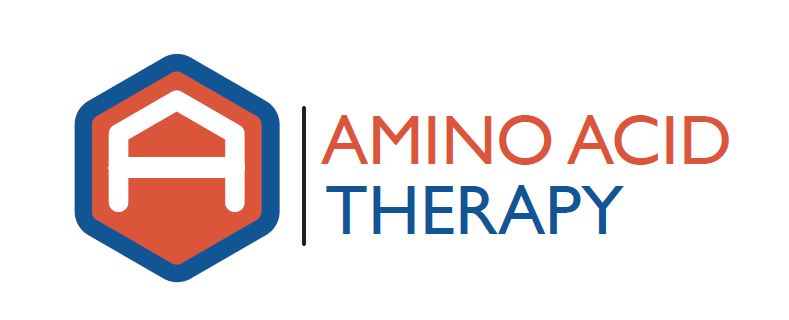 There is a lot of confusion about what we are trying to accomplish through the targeted use of amino acid therapy, so I wanted to devote this post to (a) the dysfunction(s) we are trying to address and (b) how amino acid therapy addresses these dysfunctions.
There is a lot of confusion about what we are trying to accomplish through the targeted use of amino acid therapy, so I wanted to devote this post to (a) the dysfunction(s) we are trying to address and (b) how amino acid therapy addresses these dysfunctions.
Nutritional Management of Neurotransmitter Dysfunction
First things first, amino acid therapy is used to manage one of two states: (a) drug induced depletion of neurotransmitters or (b) post-synaptic neuronal damage. Drug-induced relative nutritional deficiency most often presents itself when reuptake inhibitors (SSRI, SNRI, etc.) seem to ‘stop working’ during treatment. Most often, a person will be doing relatively well for a period of months or years on whatever reuptake inhibitor(s) they are taking when suddenly their original symptoms return ‘out of the blue’. What has happened in this case is that the drug itself has exacerbated the underlying neurotransmitter dysfunction and/or created new neurotransmitter dysfunction over time. This leads to a state where the persons (pre-synaptic) stores of neurotransmitters have become so depleted that there is no longer sufficient neurotransmitter in the system to allow for proper functioning. In this instance, the use of properly balanced amino acid therapy can replenish pre-synaptic stores, which gives the medications more neurotransmitter to shuffle around which should lead to an elimination of symptoms within 1-2 weeks. To learn more about this, you may want to read Relative nutritional deficiencies associated with centrally acting monoamines by Marty Hinz, MD.
Post-Synaptic Neuronal Damage (aka Neurotoxicity)
Neurons are intended to function for a person’s entire life. However, many things, including head/neck trauma, toxins, severe stress and many medications can cause damage to the post-synaptic neuron. If this damage is extensive enough, the neurons will die; this is commonly referred to as neurotoxicity and it is permanent (i.e, neurons of the CNS are not known to regenerate). It is damage to the post-synaptic neuron structures where virtually all chronic neurotransmitter (electrical) dysfunction occurs. Even though neurotoxity is permanent, it is possible to compensate for the damage.
Proper management of conditions related to neurotoxicity involves using amino acid therapy to provide the remaining viable neurons more neurotransmitter than is normal; in this way, they can compensate for the neurons that have been destroyed. This is analogous to turning up the voltage in the system; doing so can restore adequate flow of electricity to once again regulate proper function; this will decrease/eliminate symptoms of imbalance.
Until Marty Hinz, MD developed testing to allow for organic cation transporter functional status determination there was no method to achieve the pin-point accuracy that some people require to restore optimal neurotransmitter function. Combining the systematic use of this test along with a person’s response to a given dose of amino acids allows us to determine the exact amino acid dosing required to restore optimal neurotransmitter function in each person exhibiting signs of neurotransmitter imbalance.

